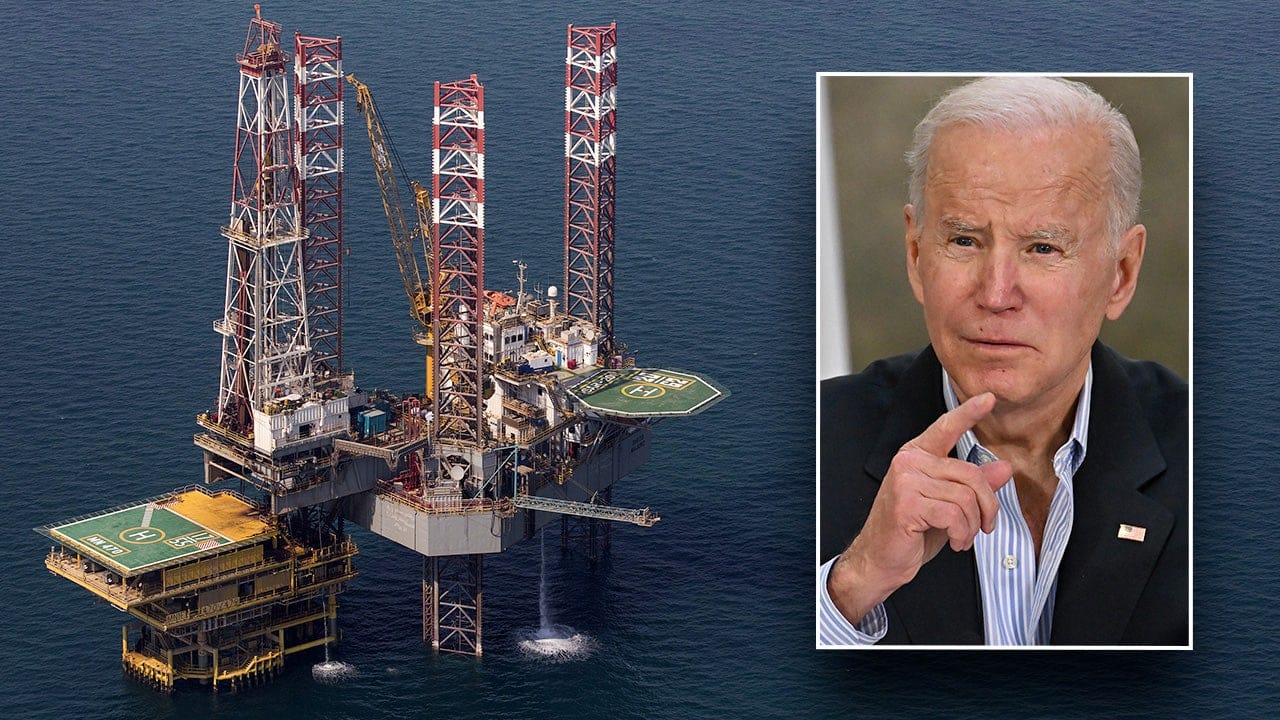The Metropolitan Transportation Authority (MTA) recently hosted a ceremony that juxtaposed celebration with impending change, unveiling new signage that will mark the areas affected by the city’s congestion pricing initiative. This initiative, which has been in the works for several years, aims to alleviate traffic congestion in Manhattan by charging drivers a fee to enter certain zones during peak hours. The event took place just hours before the pricing structure is set to be implemented, signaling a significant shift in the way New Yorkers navigate their city.
At the ceremony, MTA officials expressed optimism about the potential benefits of congestion pricing, which they believe will lead to reduced traffic, improved air quality, and increased funding for public transportation. The signs unveiled during the event serve as a visual reminder of the changes that are about to take effect, marking the boundaries of the congestion pricing zone and informing drivers of the fees they will incur. The MTA has emphasized that the revenue generated from these fees will be reinvested into the city’s transportation infrastructure, including upgrades to subways and buses.
The MTA’s celebration included speeches from various officials who highlighted the importance of this initiative in addressing the chronic congestion that plagues Manhattan. They noted that the congestion pricing model has been successfully implemented in other major cities around the world, such as London and Stockholm, where it has contributed to decreased traffic and enhanced public transit systems. The officials underscored that the goal of congestion pricing is not only to reduce the number of vehicles on the road but also to encourage the use of public transportation, which is a more sustainable option for urban mobility.
While the MTA’s ceremony was marked by enthusiasm, it also coincided with a growing sense of apprehension among local drivers. Many residents and commuters have expressed concerns about the financial impact of the new pricing structure, which could add a significant expense to their daily commutes. Drivers entering the congestion zone will be charged a fee that varies based on the time of day, with higher charges during peak hours. This has raised questions about how the additional costs will affect low-income drivers and those who rely on their vehicles for work.
In anticipation of the congestion pricing rollout, the MTA has launched an extensive public awareness campaign to educate drivers about the new fees and encourage them to explore alternative modes of transportation. The campaign includes informational materials distributed at key locations throughout the city, as well as outreach efforts aimed at community organizations and local businesses. The MTA is also working to enhance public transportation options, ensuring that residents have viable alternatives to driving into the congestion zone.
As the implementation date approaches, the MTA is preparing for a potential increase in inquiries and feedback from the public. The agency has established a dedicated hotline and online resources to address questions and concerns related to congestion pricing. Officials have emphasized their commitment to transparency and communication throughout this transition period, aiming to ensure that all New Yorkers are informed and prepared for the changes ahead.
The unveiling of the congestion pricing signs marks a pivotal moment in New York City’s transportation landscape. The initiative is expected to not only reshape how residents and visitors navigate the city but also contribute to broader efforts to combat climate change by reducing vehicle emissions. By incentivizing the use of public transportation and discouraging unnecessary car trips, the MTA hopes to create a more sustainable urban environment.
As the city braces for the implementation of congestion pricing, it remains to be seen how drivers will adapt to the new reality. While some may view the additional fees as a burden, others may recognize the potential benefits of a less congested and more efficient transportation system. The MTA’s ceremony was a reminder that, despite the challenges that lie ahead, there is a collective effort underway to improve the city’s transportation infrastructure for the future.



